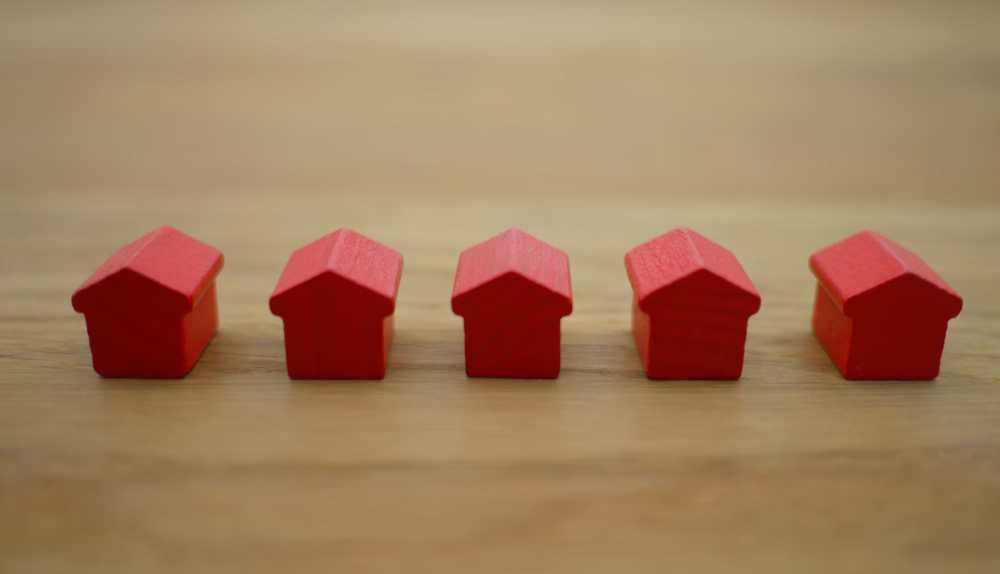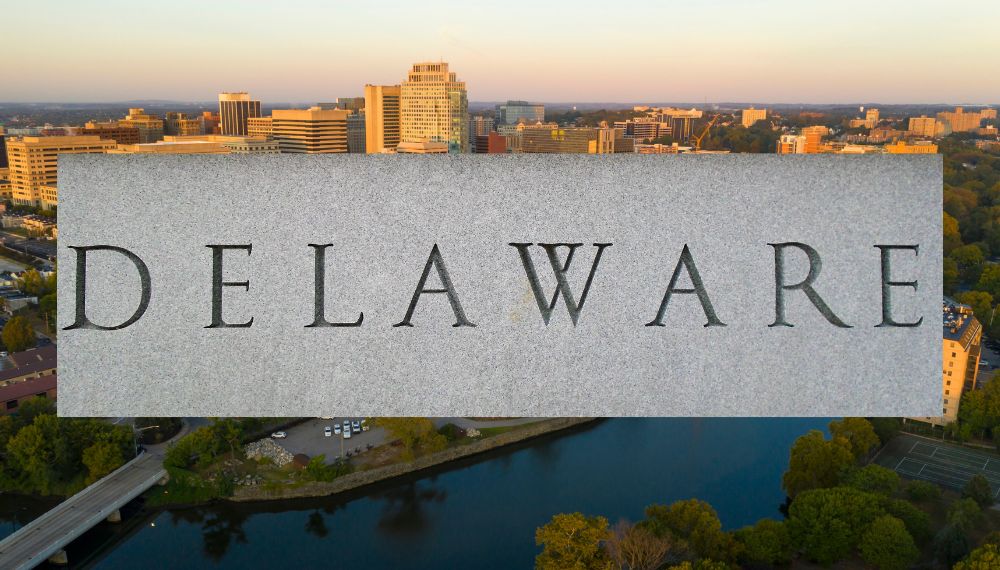10 Useful Property Management Templates
- November 10, 2022
- admin
- Category: Property Management

Property management is a key part of managing your rental properties. If you’re not doing it right, you could be losing money. That’s why we’ve put together this list of ten useful property management templates!
Property management checklist – First On Property Management Templates
A property management checklist can be a useful tool for the property owner or manager. It helps you keep track of what needs to be done at your rental properties while ensuring that all the necessary paperwork is completed in a timely manner.
A good property management checklist should include:
- The name and address of each tenant/tenant household (and their contact information)
- A list of required documents like leases, rental agreement agreements, etc., which are provided by tenants. This includes any additional documentation requested by them (e.g., references). It would also contain any other documents such as letters from previous landlords or references from previous tenants – if applicable; Documents related to financial matters like bank statements etc.; All outstanding taxes due on time payments received through cheque/online banking transactions; Other relevant information such as utility bills etc.; Information about maintenance issues such as broken locks/windows/heating systems repairs needed urgently before new tenants move into your home
Property management agreement
A property management agreement is a document that governs how your property will be managed. It’s often required in order to rent out an apartment or house, especially if you want to avoid getting sued by tenants. This is one of the most important of all property management templates.
A good PMA should include information about who will manage the building, their qualifications and training, their responsibilities (including maintenance), and any other relevant details that apply to your situation. If you don’t have any experience managing properties before owning one yourself then this is probably not something for you to put off until later—you’ll need someone on-site who knows what they’re doing!
Inspection checklists for move-in and move-out
Here is a checklist to help you prepare for your move-in and move-out inspection:
- Checklist for Move-In/Out Inspection
- Move-in checklist: – Check all utilities were turned on, including the water heater and hot water tank. – Test all smoke detectors, carbon monoxide detectors, and fire extinguishers. – Make sure there are no signs of vandalism or other damage that may affect safety while you’re living there (e.g., broken windows).
Repair Request Form
A repair request form is a crucial component of property management templates or system, but it should be as easy to fill out as possible. It’s important that the form includes all relevant information and any required fields are clearly marked. The process of filling out the form shouldn’t be too difficult or time-consuming so that tenants can easily submit their requests before moving on with their lives.
A good template will also include instructions on how and where you want tenants to mail their forms in order for them to reach your office (e-mail address, postal address). This will save both sides time by avoiding unnecessary follow-up calls/emails/etc., which can sometimes lead to conflict between landlords and tenants if deadlines aren’t respected properly
Repair Log
A repair log is an important part of your property management business. It can be simple or complex, depending on how much detail you want to include in it.
A spreadsheet is a good choice for tracking repairs and making sure that all repairs are documented properly. You’ll also want to keep track of:
- Date when the repair was done
- Address where the repair was done (optional)
- Description of what needs fixing (optional)
Maintenance Schedule
A maintenance schedule is a great way to keep track of the frequency and scope of all your property’s upkeep. By creating a schedule, you can ensure that your home is taken care of on time—and if something goes wrong, it’ll be easy for you to see when something needs attention.
To create a maintenance schedule:
- List all work required by each room or unit in your property (this may include cleaning as well as fixing leaks).
- List how often each item should be done (e.g., once per year).
Maintenance Log
Maintenance logs are a great way to keep track of maintenance issues, and they have several benefits. It makes your property management template loaded with real time information.
- They help you identify problems before they get out of hand. A good maintenance log will help you identify problems early on, so that when an issue occurs later on in the process (and it will), it’s easier for you to deal with it quickly and efficiently.
- They can help improve your property management business by improving customer satisfaction and reducing costs associated with repairs or replacements. A properly maintained house means fewer repairs needed down the line which saves both time & money!
Cleaning Request Form
The Cleaning Request Form is a simple, one-page document that allows tenants to request cleaning services from their property manager. This out of all the property management templates is designed for use by property managers and can be used on your own website or any other online platform where you wish to keep track of requests for cleaning services.
This template has three sections:
- 1) Title – Your title here should be something like “Request Cleaning” or “Request Cleaning Service” (whatever fits best with your brand).
- 2) Body – Here is where you can fill out the details about what type of service(s) are being requested, how long they’ll take and when they’re due back in order for us to know if it’s something we can handle or not. You may also want/need additional information such as whether there are any particular areas that need extra attention before our staff starts work on them—that way if there’s anything specific about these particular units that makes them easier/harder than others then those details will help give us an idea about whether we’ll need help getting everything cleaned up before each tenant moves out again towards another apartment building nearby
Cleaning Log
A cleaning log is a great way to keep track of your cleaning dates, time spent, and areas cleaned. You can also use it as a reference for the supplies you use or products you use during each cleaning process.
- Keep track of the date and time when you started each area’s cleaning. This can be important if there are deadlines associated with certain tasks (like rent payments).
- Write down what kind of supplies were used for each area being cleaned (paper towels, rags or sponges). If possible, try to include details about how many rags/sponges were used per day/week/month etcetera as well as what type(s) they were made out of so that anyone else who might need them knows their exact composition!
This will help ensure nothing goes wrong later down the road when trying to do something like move out without having everything ready beforehand.”
Sanitation Checklist
Here are some important things you need to know about sanitation which are crucial for your property management templates:
- A sanitation inspection is an important step in the process of property management. It’s an inspection that involves checking for cleanliness, especially in your kitchen and bathroom. This can help prevent infections from spreading throughout your home, which is why it’s so important for you to do these inspections regularly.
- In order to perform a good sanitation inspection, there are several steps you can take:
- Make sure all appliances are turned off! Do not use any heating or cooking equipment while conducting this type of test (including microwaves). If possible, turn off all electronics as well! This will ensure that no matter what happens during this process—whether it be accidental contact with dirty surfaces or accidental spills—any harmful microbes won’t spread throughout your house due only because they were left on after being used improperly beforehand by someone else who wasn’t aware how dangerous those substances could be yet still decided otherwise anyway…
Sanitation Log
- Keep track of when you clean and how long it takes.
- Keep track of what you use and how much it costs.
- Keep track of what you clean and how well it works.
- Keep track of what you clean, so that if there is a problem with the sanitation log, it’s obvious where the issue lies in your property management system (PMS).
Rental Application
You can use a rental application as a form that you and your tenants fill out before they move into an apartment. The rental application should include information such as name, address, social security number, and references. It should also ask for the tenant’s income and employment status.
If possible, include space on the form for your tenant to sign their agreement with you; this is where they agree to pay rent on time or move out if they fail to do so within 30 days of signing the lease agreement itself (which we’ll talk about later).
Lease
A lease is a contract between landlord and tenant. It might be the core of property management templates for winning or loosing a lawsuit in future. The lease should include the following:
- Rent amount, rental period, and the beginning date of the lease agreement
- Security deposit amount (if any) and return date for refunding it to you
- Late fees (if any) for late rent payments
Lease Amendment
A lease amendment is a document that’s used to change the terms of your tenant’s lease. It’s most commonly used when you want to add, remove or change specific terms in a lease. For example, if you want to increase your tenant’s rent by $10 per month, this would be an example of an amendment. And it should be included in the property management templates.
When should we use an amendment? If there are any changes that need to be made after signing the initial agreement with your tenants and before they move into their new home (or office), then it might be time for an amendment. The same goes for anyone who has been residing at one location for more than 30 days and wants their rent raised because they’ve changed jobs or gotten married/divorced/etc., etc..
Security Deposit Receipt
This is the receipt for your tenant’s security deposit. If you are working on property management templates then security deposit receipts and their proper management is a must. You’ll want to include:
- The tenant’s name (and, if known, their address)
- Address of property where you’re holding the money (which should be included in the same box)
- Apartment number where they moved in and out of with you/the leasing office (this can be hard-coded into your template). If there were multiple moves over time, make sure each move has its own line item so that you don’t end up having multiple receipts for one apartment or lease renewal.
If this is a new tenant moving into an apartment after January 1st, 2019, then also include their year of birth on this form as well so that it matches up with other forms – otherwise, people might think they are getting charged an adult rate!
Rent Receipt
Rent receipts are a great way to keep track of your rental properties. They can be used as proof that you have paid rent, and they can also help you avoid any misunderstandings about who is responsible for paying the property taxes, insurance premiums, utility charges, and so on. These property management templates are important for rental property managers.
The following template will give you an idea of how to fill out a rent receipt:
- Describe what this document is used for (e.g., proof of payment).
- Give an example of where this would be useful (e.g., if the tenant doesn’t leave their ID card at the property).
- Notate any special instructions that pertain specifically to this particular situation (e.g., “Please do not enter identifying information here; this should only be filled out by me or my staff member(s)”).
Conclusion
We hope you’ve found some useful property management templates here. Remember that these documents are a starting point, and you should adapt them to your needs. You can use them as inspiration for drafting other documents, like rental applications and lease agreements. And if you have any questions or need assistance with property management, don’t hesitate to reach out!





